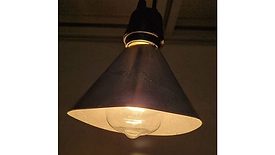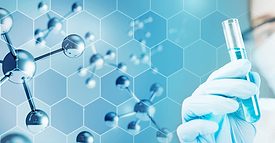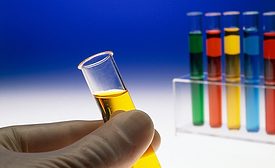Home » catalysts
Articles Tagged with ''catalysts''
Silane Terminated Polymer Reactions with Non-Tin Catalysts
Research demonstrates the performance of non-tin catalysts as a replacement for tin, satisfying regulatory concerns and performance requirements.
May 10, 2023
Nouryon to Acquire Metal Alkyls Business from Sasol
The transaction is expected to be finalized during the second quarter, after which Nouryon will gradually move production to its site in Rotterdam.
April 8, 2020
Evonik and LIKAT Rostock Partner in Carbonylation Chemistry Development
With this new process, Evonik reports that the participating project partners are laying the foundation for a more environmentally friendly and cost-effective large-scale method of synthesis.
January 8, 2020
New Tin- and Mercury-Free Organometallic Catalysts for CASE Urethane Applications
New catalysts offer performance characteristics in multiple applications.
June 7, 2017
BASF Closes Deal with W.R. Grace
Grace Matthews Inc. recently announced that BASF has closed the previously announced transaction.
July 15, 2016
Stora Enso Signs Joint Technology Agreement with Rennovia
Stora Enso and Rennovia recently announced a joint agreement to cooperate on bio-based chemicals development.
May 16, 2016
W.R. Grace to Purchase BASF’s Polyolefin Catalysts Business
W.R. Grace and Co. recently announced it has signed an agreement to acquire the assets of BASF’s polyolefin catalysts business.
April 26, 2016
Silane and Catalyst Effects on Silylated Polymer Elastomers
The choice of crosslinking silanes and curing catalysts has a significant impact on the properties of silyl polymer-based formulations.
July 1, 2015
Keep the info flowing with our eNewsletters!
Get the latest industry updates tailored your way.
JOIN TODAY!Copyright ©2025. All Rights Reserved BNP Media.
Design, CMS, Hosting & Web Development :: ePublishing








